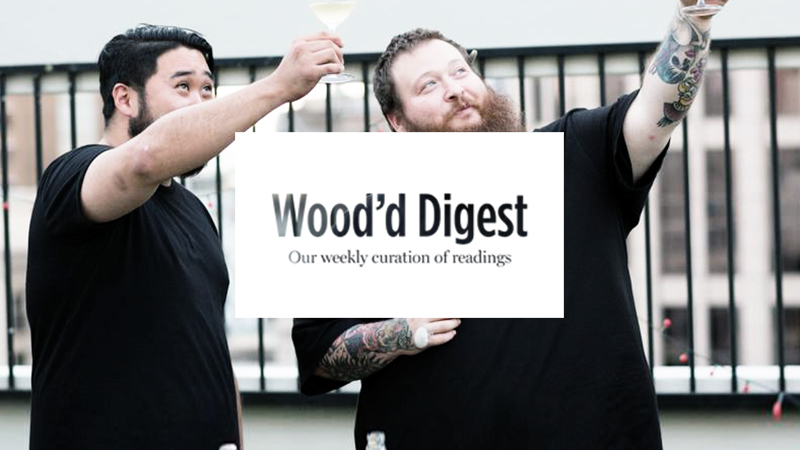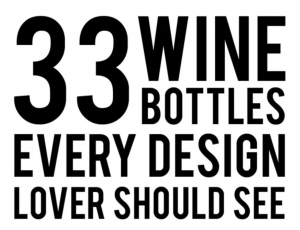

Wood’d Digest wine edition: for men (and women) of many tastes. Ask Action!
As most of you, if not all of you, here at Wood’d we love a good glass of wine, isn’t it? In the wine’s world, as well as in design and fashion, there are trends. As hard as it may be satisfying everybody’s tastes, we have grouped most likely the most important latest events and trends. We are constantly connected to the thumping heart of the net, as you all do. The “internets” give us uninterrupted material, every day all day. That’s why we thought about creating Wood’d Digest, which today comes with a list of fresh links wine oriented, for you and yours. Let us know what you think (and drink…)…Spread love, it’s the Wood’d way ✨ ✨
The arrival of autumn is usually accompanied by somber feelings. As described in the famous Ode to End-of-Summer melancholia, aka L’estate sta finendo, the possibilities of summer are gone, skies turn grey, the amount of daylight drops dramatically. The word autumn, indeed, comes from the ancient etruscan root autu- and bears connotations of the passing of the year.
But, comes September, many of us will more merrily associate the season with one of life’s pleasures: wine! Before we raise our glasses to another “vendemmia” – or grape harvest – let’s guess what the technologically savvy, permanently connected, environmentally engaged, eager for stories consumers will buy next.
The Rise of Natural Wine
In recent years we have all witnessed an increased consumer awareness about sustainability. Wine is no exception, and the popularity of natural wines reflects a demand for products that are clearly traceable, free from chemical and made with minimal intervention. Despite the criticism from wine snobs, ehm skeptics, about the cider-y attributes of the product, there is a different value that comes with this non-invasive wine-making approach: yes, in this instance less costs more, but it also takes a lot more care and consideration to get it to the table. Even Action Bronson loves natural wines.
Grower Champagne
No matter how many glasses of bad, cheap Prosecco you have downed this summer, there is one thing that you will keep wanting in your glass: Champagne. We are probably all familiar with the Grandes Marques (think Bollinger, Veuve Clicquot, Taittinger): to keep up with market expectations, quantity and quality-wise, they buy in grapes from growers across the region, all blended in to achieve a specific house style. Grower Champagne, on the contrary, is usually made in small quantities, often comes from one specific vineyard site and definitely bears a more directly traceable link from the glass back to its terroir. It’s also understandably a nerdy affair, attracting an hard-core fan-base like this one.
Volcanic Wine
As well as being one of nature’s wonders, volcanoes contribute to the making of some unbelievable wine, that combine acidity, ‘minerality’ and remarkable longevity. Because there’s more than one type of volcano, inevitably, there is more than one volcanic wine style: owing to the interest that volcanic regions across the Globe such as Etna, Campania, Santorini Azores and Tenerife and less obvious ones like Soave and Alsace, stimulates, a wealth of scientific inquiries is now under debate in the higher wine circles. Fortunately for us, someone has already tried to find all the answers, Canadian sommelier John Szabo in his book Volcanic Wines, leaving us to appreciate these great wines, our wildest imagination gripped by the maps and illustrations while we flip through the pages.
The rise of a nation: South Africa
Nope, not talking here about the big struggle and liberation, of Nelson Mandela and post-Apartheid, but of the similarly big steps made by the South African wine trade to shift from the once widespread production of inexpensive, low-quality wines to one of the most dynamic and exciting terroirs in the world. The low cost of grapes, the wineries’ open-minded attitude of letting their winemakers have their own side projects – as well as a regulatory board that now has a category for skin contact whites and “alternative” reds and whites – have created the conditions for a new wave of higher-quality wines, made in different styles. A perfect wave to ride for some maverick winemakers.
Ugly as it sounds, at the end the truth is that looks, still, do matter.

